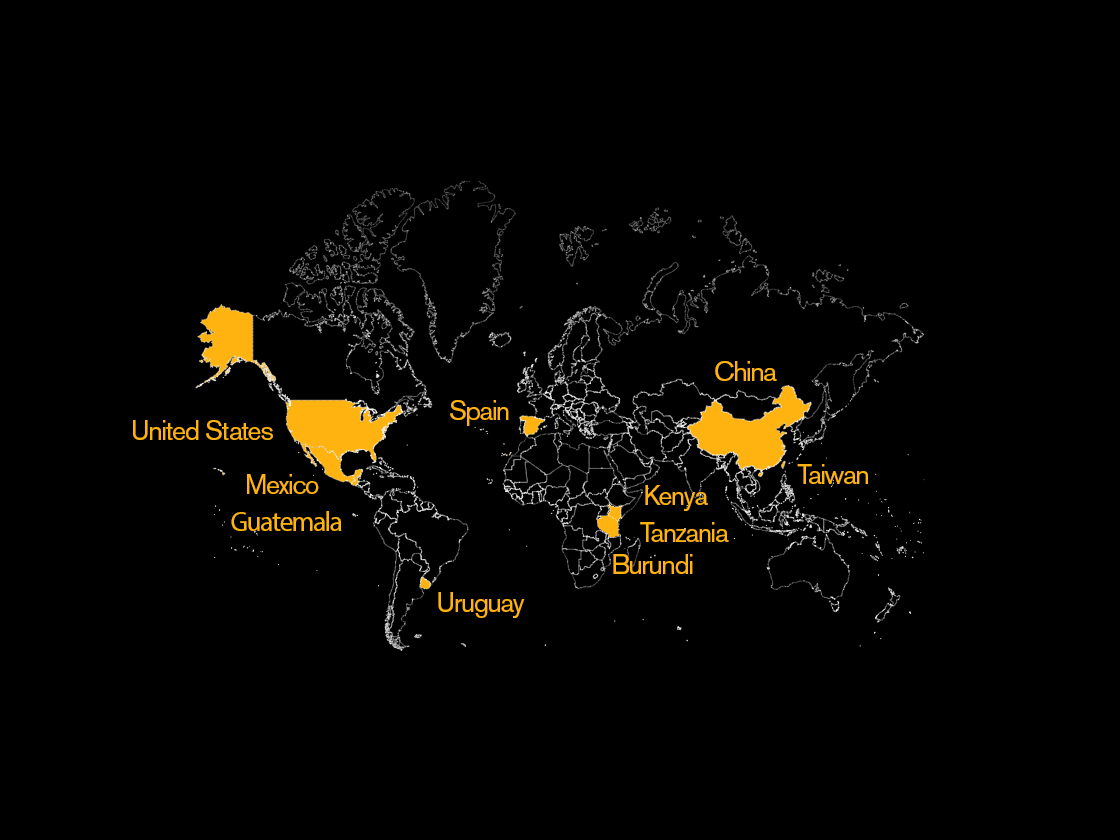keepin’ it REAL/Mantente REAL: Pilot test in Monterrey, Mexico

Mexican youth, students from two schools in Monterrey
Flavio F. Marsiglia, PhD
Stephen S. Kulis, PhD
Gregorio Martinez Rodriguez
The study had two objectives: 1) to evaluate the feasibility and effectiveness of keepin' it REAL among a Mexican youth sample, and 2) to assess differences between the US and Mexico in the social contexts within which youth drug use occurs. It was designed to permit comparisons between Mexican youth in Mexico, who may be characterized as unacculturated; post-migration Mexican youth in Arizona, also unacculturated or less acculturated; and Mexican American youth born in the United States, who are more acculturated. Research questions included: Will the two groups of Mexican native youth since they share the same culture, reflect the same drug attitudes and behaviors? If not, might the immigration experience explain the difference, and if so, how? Is there an immigrant Mexican culture that is distinct from Mexican culture in Mexico, one that varies in its protectiveness against substance use? How do Mexican American youth, born in the U.S., compare to these two groups? The study employed a quasi-experimental design.
Alcohol, tobacco, and other drug use; anti-drug attitudes and intentions; use of effective drug resistance strategies
Students from one school constituted the treatment group that received the Spanish language translated version of keepin’ it REAL (N=185). They received the prevention program at their school through their teachers who were trained by GCAHR researchers. Students from the second school (N=142), who did not receive the prevention program, constituted the control group. The pre-test occurred in April 2003, implementation occurred in May 2003, and the post-test occurred in June 2003.
Student consumption of licit and illicit drugs and strategies for resisting substance use showed many similarities with comparable US populations. About two-thirds had used alcohol and cigarettes, while only 7% had used marijuana; the REAL drug resistance strategies were already being used by a majority of the students. The use of the strategies varied considerably by the level of exposure to offers, but only minimally by gender and age. Those who used specific strategies reported less use of alcohol, tobacco, and marijuana. The study highlighted the importance of understanding how substance use is connected to gender role socialization. Gender identity framed around aggressive (“toxic”) masculinity was associated with a higher risk of drug use, and affective/expressive femininity was associated with lower risk. Assertive (positive) masculinity and submissive femininity were not strongly connected to drug use.
Kulis, S., Marsiglia, F. F., Castillo, J., Bercerra, D., & Nieri, T. A. (2008). Drug resistance strategies and substance use among adolescents in Monterrey, Mexico. Journal of Primary Prevention, 29, 167-192. https://doi.org/10.1007/s10935-008-0128-x
Kulis, S., Marsiglia, F. F., Lingard+L9, E. C., Nieri, T. A., & Nagoshi, J. L. (2008). Gender identity and substance use among students in two high schools in Monterrey, Mexico. Drug and Alcohol Dependence, 95, 258-268. https://doi.org/10.1016/j.drugalcdep.2008.01.019
Marsiglia, F. F., Kulis, S., Martinez Rodriguez, G., Becerra, D. & Castillo, J. (2009). Culturally specific youth substance abuse resistance skills: Applicability across the US-Mexico border. Research on Social Work Practice, 19, 152-164. https://doi.org/10.1177/1049731507303886
Rodriquez, G. M., & Luis Villar, M. A. (2004). Descriptive study of drug use among adolescents in higher middle education in Monterrey, Nuevo Leon, Mexico. Revista Latino-Americana de Enfermagem, 12, 391-397. https://doi.org/10.1590/S0104-11692004000700014